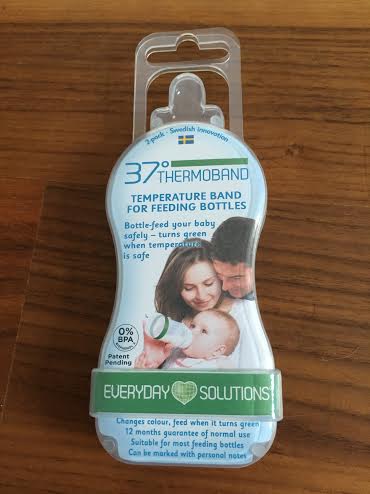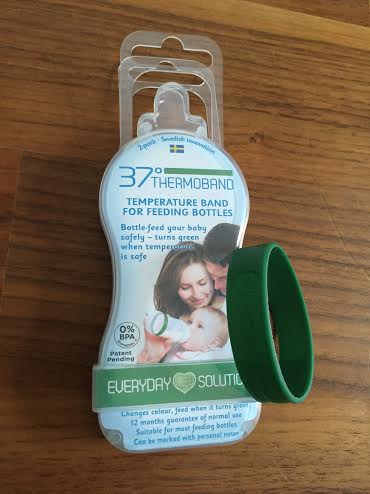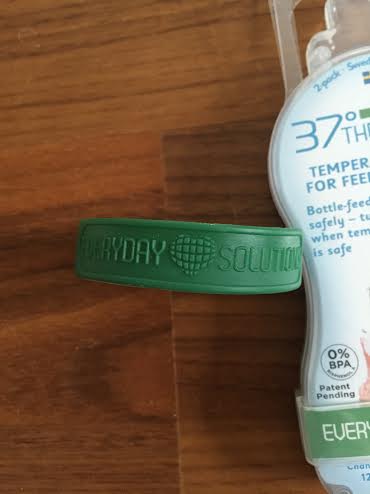 As a parent, you already understand that good communication is a necessary skill whether you are talking to a toddler or a teen. If your children are little, you can use communication as a way to teach them how to be safe around cars. This is an invaluable lesson you can teach them when they are out in the garden or when they are with you on the street.
As a parent, you already understand that good communication is a necessary skill whether you are talking to a toddler or a teen. If your children are little, you can use communication as a way to teach them how to be safe around cars. This is an invaluable lesson you can teach them when they are out in the garden or when they are with you on the street.
You may also want to teach them that not all strangers are to be trusted. This is particularly useful when they first go to school. If your child is older, then good communication with your child will be instrumental in building up a sense of self-esteem and develop a feeling of mutual respect.
10 Tips to Build Rapport
1. If your child wants to play, let your child know that you are interested in the things that interest them. Agree to help them with their game if they need it.
2. If your child has something they feel important, let him or her know that they are more interesting to you than some form of media entertainment. For instance, if your child is talking to you while you are watching television, pause to. If they have something that they urgently want to say, then turn off the television and give them your full attention
3. If your child is chatting with you when they are sharing something with you, let him or her know that they are more important than a casual telephone call. Rather than excuse yourself when your friend calls, let the answering machine pick up the message.
4. If you get to spend some personal time with your child, let your child know how much you enjoy your private chats with them.
5. If your child does something foolish when you have company, don’t rebuke them in front of everyone. Scolding them in front of others can be embarrassing for them. Public humiliation only leads to a feeling of resentment.
6. If your child has to constantly look up to talk to you, occasionally drop down to their level when you talk.
7. If you are really angry about your child’s behavior, give yourself time to cool down so that you can have an objective talk.
8. If your child is telling a story, don’t correct their grammar or how they narrate the story. Instead, show an interest in the story rather than how it could have been told better.
9. If you get a negative report about your child from another parent or a teacher, don’t simply launch into a tirade. First, listen to your child’s side of the story. They may have behaved badly because they misunderstood the situation and did not know that their behavior would upset others.
10. Be open and receptive to your child’s attempts to communicate and explain their point of view. Encourage your child to communicate by asking leading questions.
5 Ways to Make the House Safe for Kids
While safety in the home can be improved through communicating about dangerous things—like not jumping on the bed, climbing on the pipes, or touching hot plates—safety can also be ensured by taking proactive measures.
Here are some common household dangers that you should either warn your child about or use safety measures to protect them.
1. The danger of scalding when turning on a tap. Teach your child the difference between the hot and cold taps.
2. The danger of falling out of an upper story window. One solution is to install window guards.
3. The danger of falling down stairs. This can happen if your child is learning to crawl or it can happen if your child is rushing around the house. It’s only too easy for a child to roll down a flight of stairs.
4. The danger of leaving your house unprotected. One ADT security company discusses the need for extra precautions for your family. “The list of potential threats that could affect their safety includes burglary, fire, carbon monoxide and flooding.”
5. The danger of medications or poisons. Your curious toddler likes to taste all sorts of things. Make sure that you don’t leave your medications lying around and that you have locked all detergents and garden supplies in a safe place.
From our contributor Jenna.







